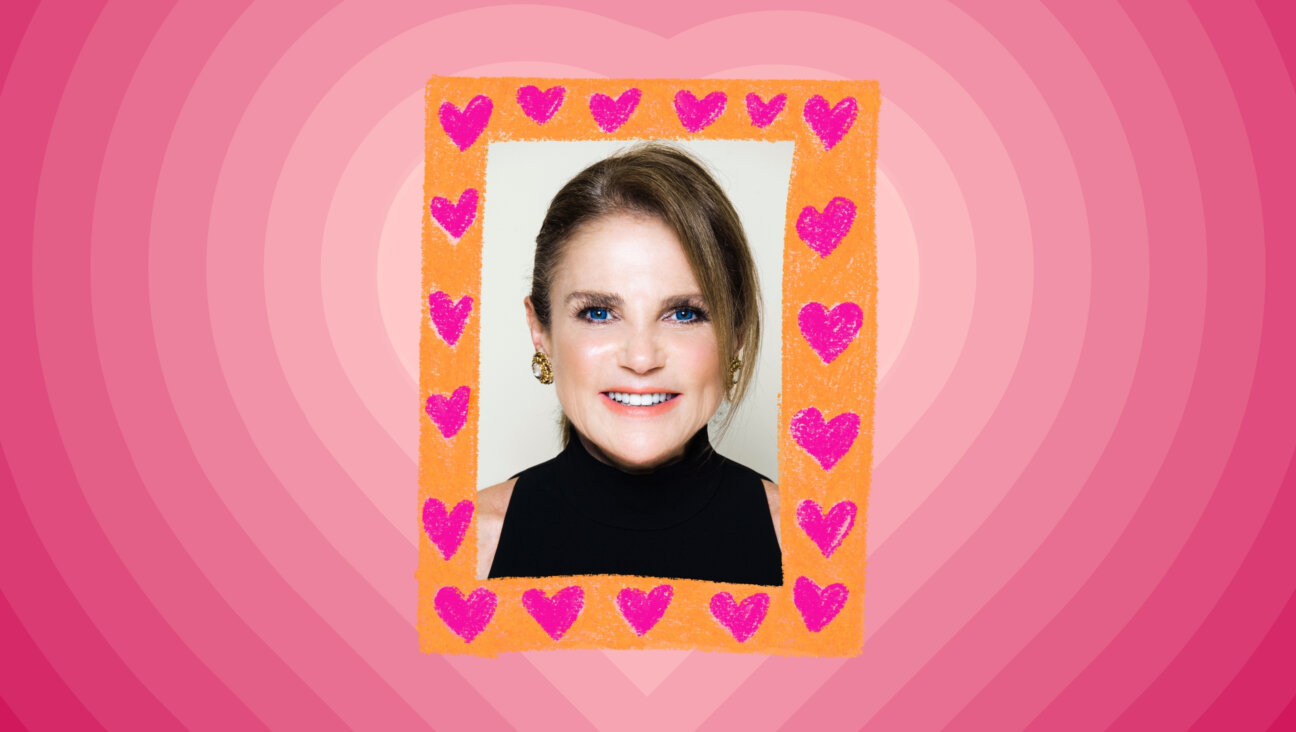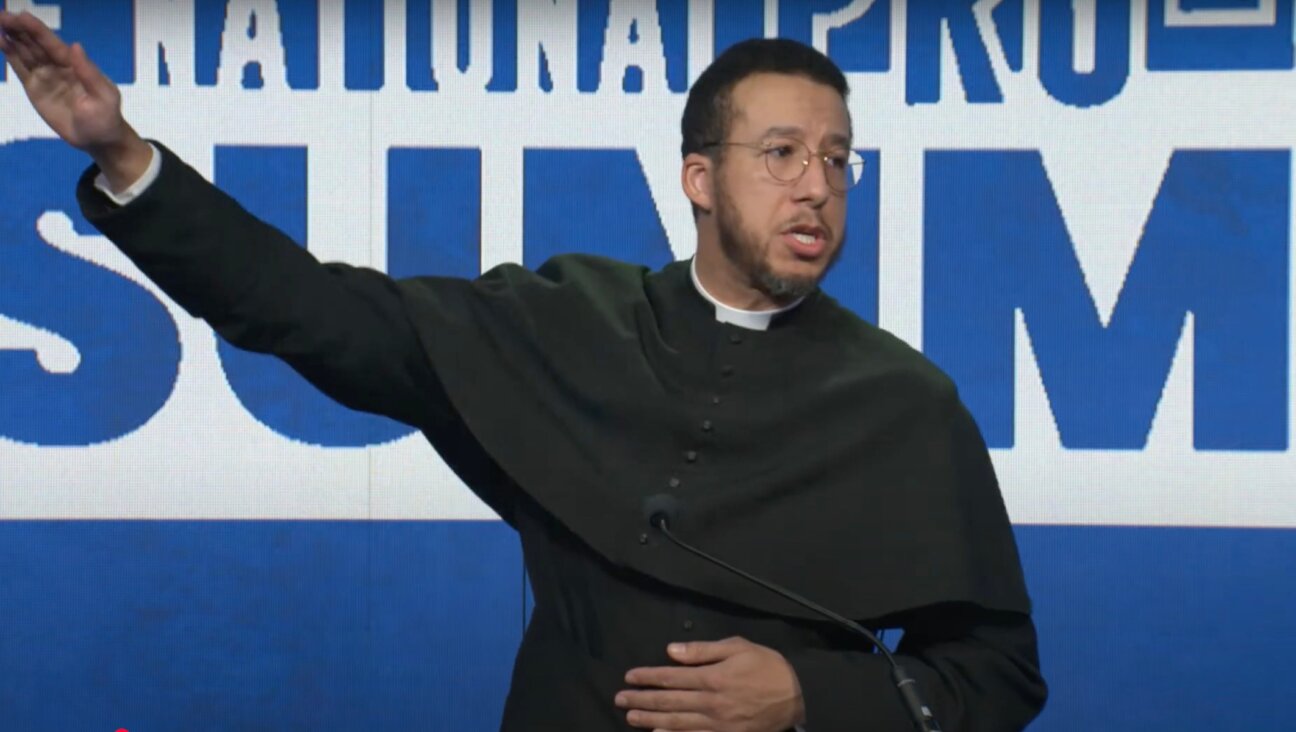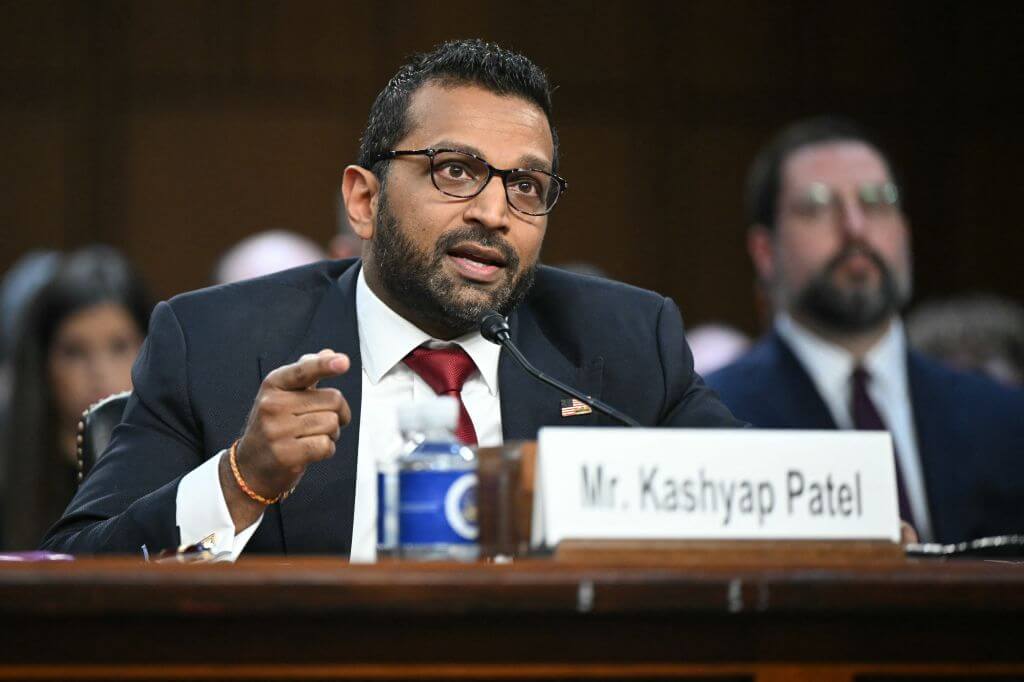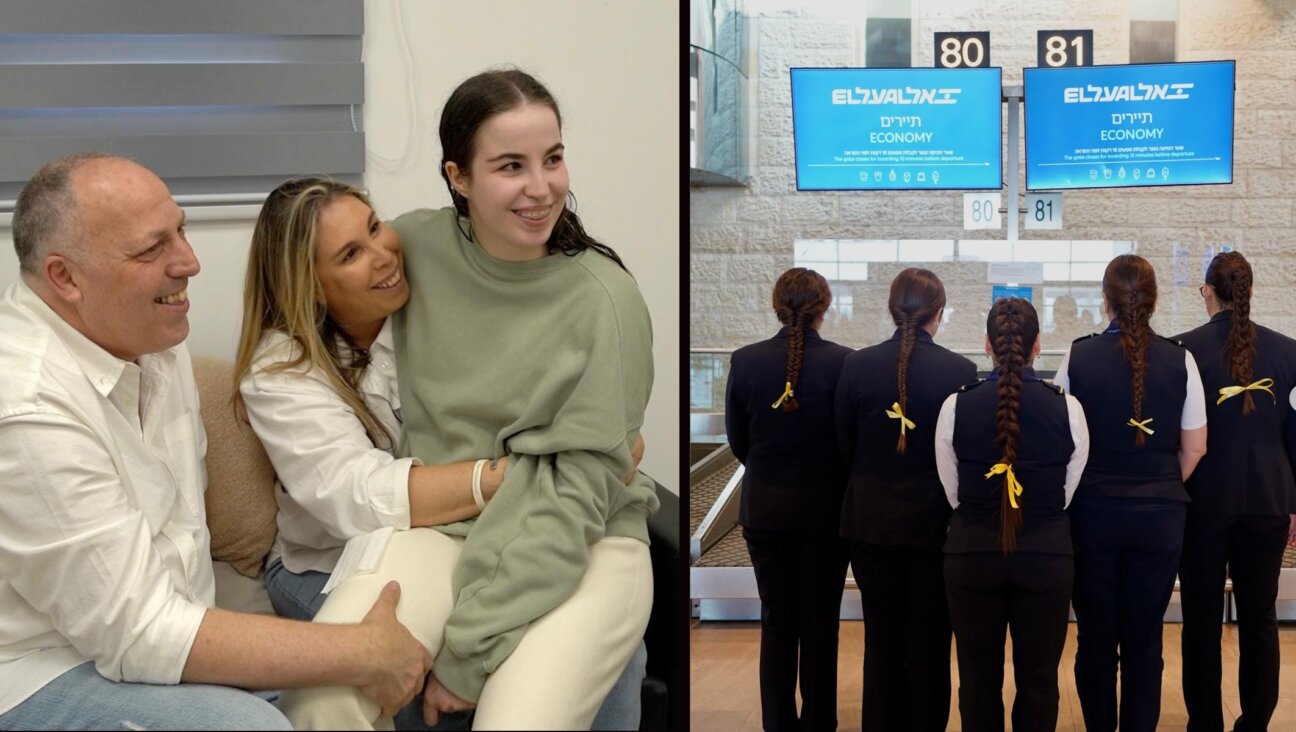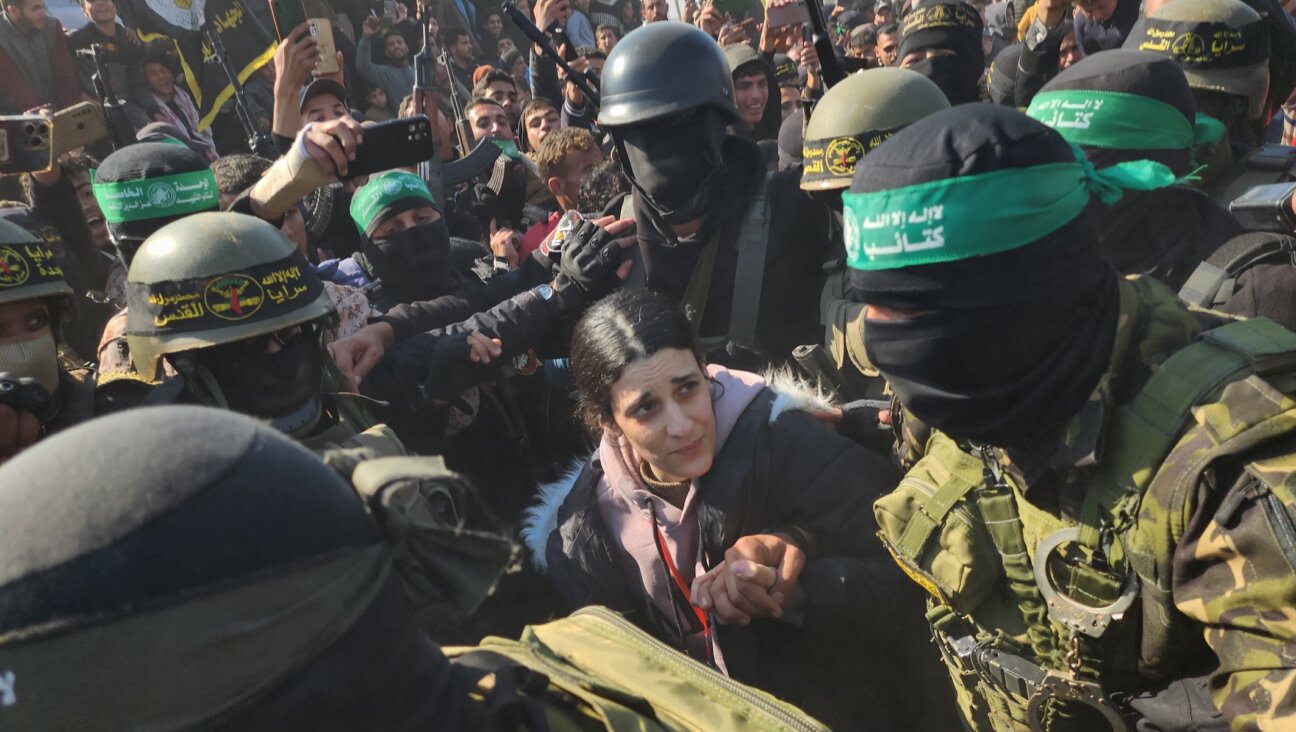An Abstract Haggadah

A NEW LOOK: Archie Granot?s Haggadah is made of paper carved with a surgical scalpel. The project took 10 years to complete.
A decade ago, artist Archie Granot sat down to give new texture to one of the world’s oldest books. This year, his Haggadah is finally complete.

A NEW LOOK: Archie Granot?s Haggadah is made of paper carved with a surgical scalpel. The project took 10 years to complete.
Granot’s Haggadah is different from all other Haggadot in that it is composed entirely of papercuts — sheets of paper carved with a surgical scalpel and intricately layered. Granot has been making papercut art since the 1970s, but in retrospect, he said, “It was a trial run for the Haggadah.”
At the outset of his project, Granot set two rules for himself: Every letter of the text would be cut individually, and the design of every page would be different. He also avoided looking at earlier illustrated Haggadot so as not to be influenced by their designs.
Granot never imagined he would finish his project quickly — he and Max and Sandra Thurm, the New York-based couple who commissioned the piece, expected that it would take four or five years — but he also didn’t plan on the 10-year odyssey that it became.
“In theory, at the beginning it was simple,” Granot, who lives in Jerusalem, told the Forward. “When I got to page 53, making it different from every other page was very difficult. It got harder as I progressed through the work.” Every design that resulted from this process is abstract; there are no cutouts depicting, literally, Moses or the Red Sea. According to Granot, some of the pages are intended to illustrate the story of the Exodus, albeit abstractly, while others reflect a more personal journey.
“There were pages done under periods of extreme stress,” Granot said. “I did one page not long after the bombing at the hotel in Netanya [in 2002], at which both parents of someone with whom I sit in synagogue were killed. You can feel the blood dripping.”
Granot, who was born in London and moved to Israel in 1967, has made papercut ketubot and a version of the Scroll of Esther. But the Haggadah, currently on display in New York at the Yeshiva University Museum, has special significance for him: Not only does it lend itself to visual interpretation, but it also has traditionally been one of the few Jewish books considered acceptable to illustrate.
Asked whether he is relieved to be through with his decade-long project, Granot sounded a little wistful.
“My Haggadah was on my desk the whole time I worked on this,” he said, referring to the copy he used as a source for his papercut text. “Now it’s back on the shelf, and it feels like there’s something missing on my desk.”
Marissa Brostoff is the Forward’s editorial assistant.
A message from our Publisher & CEO Rachel Fishman Feddersen

I hope you appreciated this article. Before you go, I’d like to ask you to please support the Forward’s award-winning, nonprofit journalism so that we can be prepared for whatever news 2025 brings.
At a time when other newsrooms are closing or cutting back, the Forward has removed its paywall and invested additional resources to report on the ground from Israel and around the U.S. on the impact of the war, rising antisemitism and polarized discourse.
Readers like you make it all possible. Support our work by becoming a Forward Member and connect with our journalism and your community.
— Rachel Fishman Feddersen, Publisher and CEO







